
“Persona Close-up” by JD Hillberry
Charcoal, Graphite and Carbon on White Watercolor Paper – 16″ x 20″
This is the second in a three part interview with the legendary realism pencil artist J D Hillberry.
Read Part One here:
A Closer Look: JD Hillberry
In this interview we look more closely at the artworks by JD and the meaning behind the images he creates.
In this first artwork titled “Persona Close-up” J D describes the deeper meaning for the image to us. He states, “In psychology, the word Persona is a term used to describe the mask or appearance one presents to the world. It is also used to describe the many versions of self that all individuals possess. Here are three versions of myself. The one I present to the world, the way I think I am perceived, and under it all is who I really am. The three appear similar because I believe it is impossible to ever view ourselves objectively.”

A Closer Look at “Persona” by JD Hillberry
JD then goes on to describe this artwork in more detail “Persona Close-up is a close-up of this tromp l’oeil (fool the eye) drawing. Everything shown is drawn including the background, masking tape, and tears in the paper. I’ve done quite a few self portraits throughout my career. I jokingly tell people that it’s because I’m a cheap model and I know how to hold still. The real reason is that when I am trying to communicate an idea that requires a person, the most logical choice to use as the subject is myself. If the subject was anyone else, people would spend time wondering who the person was and if their identity was important to the narrative.
Realism in The Persona
The challenge with this drawing was to present three different levels of reality. To achieve this, I created the illusion three surface levels on my drawing paper. These include:
- The surface of the paper, (includes my hand and every feature except the eyes)
- Above the surface of the paper (the photo)
- Below the surface of the paper. (the eye beneath the paper)
To separate them, I varied the drawing techniques and the contrast in each level. For instance, you can still see cross hatching on the surface level which gives it the look of a drawing. The image below the surface has the most contrast and is rendered in the most realistic manner. The “photo” I am holding in front of my eye (above the surface) also appears more realistic than the surface below it. ”
Interview Questions Cont’d:
Q: Hi J D thanks for sparing your time to answer some questions. Please tell us, what subjects or themes do you mostly like to draw about and why. What is the primary motivation for why you create art now as an adult?
A: I feel my current work is a combination of both M.C. Escher and William Harnett. In some of his work, Escher experimented with the idea of 2D becoming 3D, but he didn’t ever try to fool anyone into thinking that his 3D representations were actually real 3D objects as a trompe l’oeil artist would. These days my interest lies in creating a good tromp l’oeil illusion but with an “Escher like” twist to it. My “String of Memories drawing is a good example of this. If the viewer thinks it is a photo taped, up then how does the string of the yo-yo appear to become real and protrude from the photo. I also like to try to have some sort of narrative with my pieces. It should say something rather than just be an interesting interplay between 2 and 3 dimensional space.

“Paper Metamorphosis” by JD Hillberry
Charcoal, Graphite and Carbon on White Watercolor Paper – 8″ x 10″
This butterfly is depicted looking back at where he came from. Perhaps looking back at his life before he was able to enjoy his new found freedom.
Facing Fears in Art
Q: What goes through your mind while you draw, is there a calm silence, do you listen to music or do you experience doubt, fear or any emotions at all? If you experience fear or doubt what do you do to overcome these feelings?

“Steal A Kiss” by JD Hillberry
A: I listen to music sometimes, but more often than not, I like the silence. As far as fear or doubt goes, I’ve come up with an interesting way of dealing with that. It stems from my belief that we learn more from our mistakes than our successes. Many artists, my self included, have a fear of making mistakes – especially when a blank sheet of paper is staring back at them. This can make us tentative, slow or completely paralyse us into not beginning at all.
To get around this, I tell myself that the drawing I’m about to start is just the “practice” one. I’m going to get all of my mistakes out of the way on this one and use it to learn what NOT to do on the final drawing. All of the fear and doubt is removed. Nine times out of ten, I’m able to fix enough of the things I don’t like about it, to make this practice drawing the final. Even if I do make an unfixable mistake on the first attempt, I continue with it to get all of my mistakes out of the way before I start on the next one.
Book Recommendations for Artists
Q: How do you make time to include art in your life, do you have any suggestions to help others manage their creative time?
A: I actually have to include time away from art in my life. The subject of creativity is interesting to me. I think that being creative with artwork spills into everyday life and vise versa. The more you can be creative in everyday life, the more you will have the need to express yourself artistically. There are several books I’d recommend for artists that want to learn to think creatively.
- “The Artist Within”: A Guide to Becoming Creatively Fit by Whitney Ferre
- Steal Like an Artist: 10 Things Nobody Told You about Being Creative by Austin Kleon
Sharing The Love of Art
Q: Is Drawing and creating artworks your only profession or main business? We know you also teach art can you tell us more about what you teach in your workshops and why you teach?

“Putting It all Together” by JD Hillberry
Charcoal and Graphite on White Watercolor Paper – 16″ x 12
My two-year old son was the inspiration and model for this drawing. At this age, he was just beginning to learn about himself and what the world has to offer. I believe that this self-exploration and development continues throughout our lives in our quest to make ourselves whole. When we keep our minds open to new experiences, we are continually “putting it together”.
A: I’ve still never had that “real” job. I’ve been a full time professional artist since 1989. I’ve been conducting my drawing workshops since about 2005. I find it extremely rewarding to give other artists the tools to help them create whatever art is inside them. As I said, I don’t try to create carbon copies of myself but give people the tools they need to express themselves.
Teaching Realism
I teach several subjects in my workshops and they are open to beginners as well as advanced artists. There is so much individual attention that I have professional artists sit next to total beginners. At this point, I teach portraits, still life and trompe l’oeil drawing. My main goal with these classes is to teach the techniques I’ve developed to make any subject appear to jump off the paper. I really enjoy helping artists take their work to the next level. Many artists are secretive about their methods and techniques. I’ve found that the more I give, the more I receive in my in return. This is true with everything in life.
Q: What major and significant goals do you have for your art if any?
A: I’d like to continue expanding my workshops and start conducting them internationally. I’ve had students from every state in the US and 8 different countries attend my classes and I’m looking forward to travelling to interesting places to conduct them now.
This ends the first of a three-part interview with JD Hillberry. I look forward to sharing more of JD Hillberry’s interesting art journey with you in the third part of this interview to be released shortly.
To read part three of this interview with JD Hillberry, please click the link below:
Let us know what your thoughts about JD Hillberry and his art on our Facebook page:
For more information about JD Hillberry:
Click the links below:
- Website: www.jdhillberry.com
- Facebook: /DrawingTechniquesJDHillberry
- LinkedIn: LinkedIn.com/JDHillberry

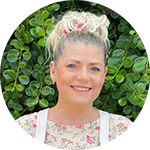

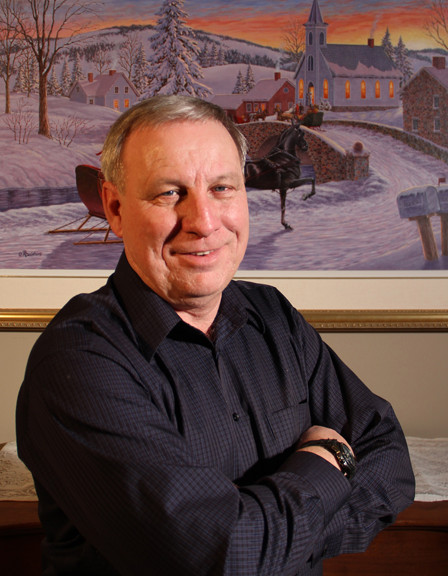
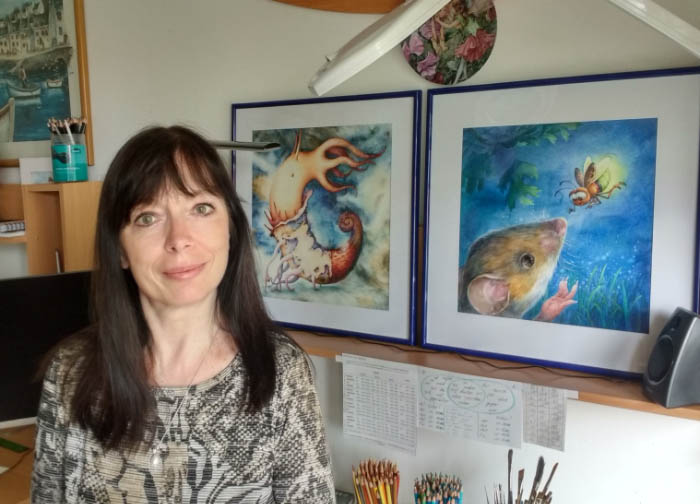
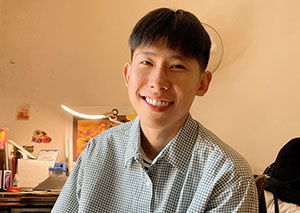
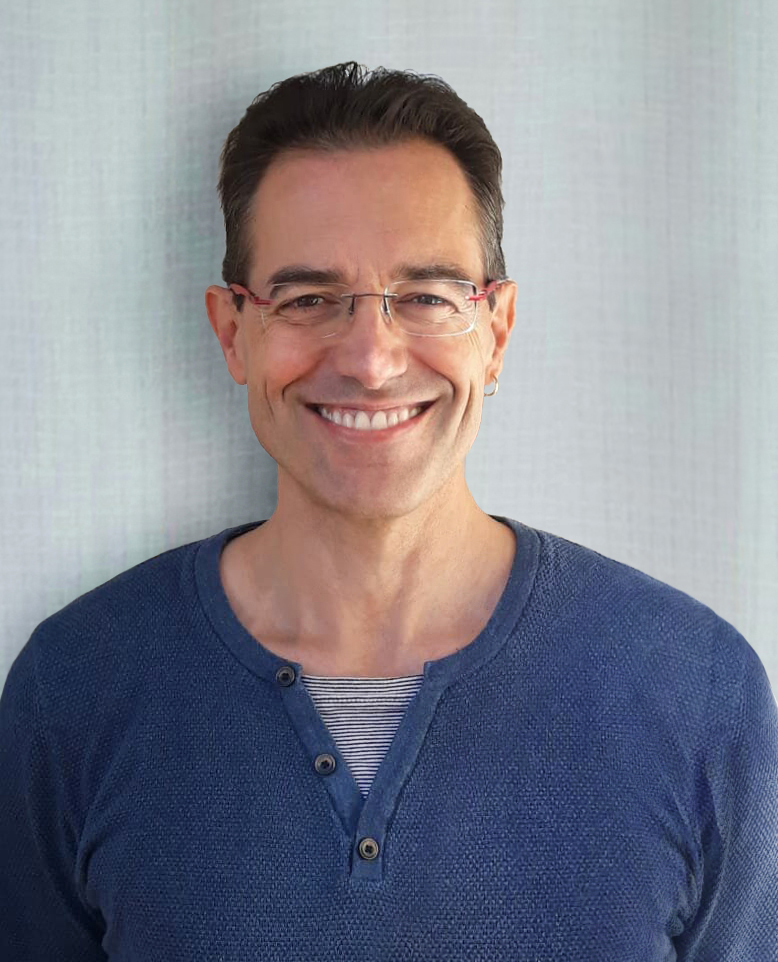
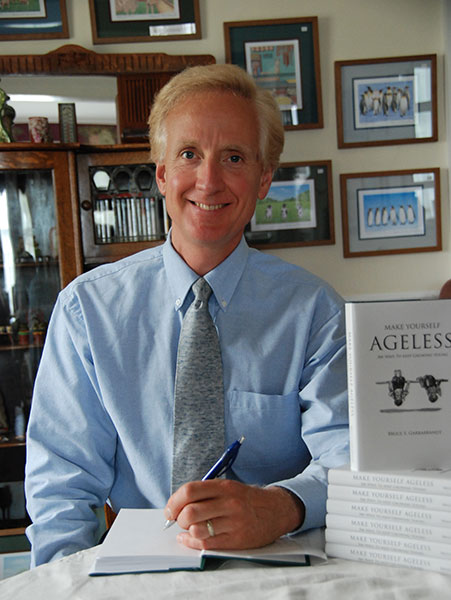
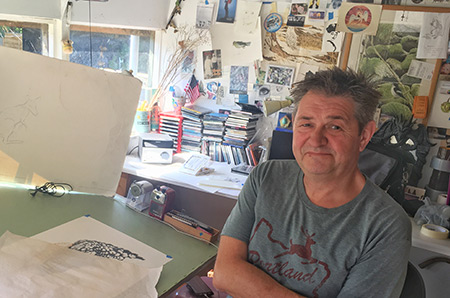
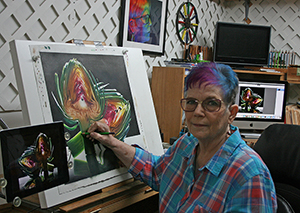
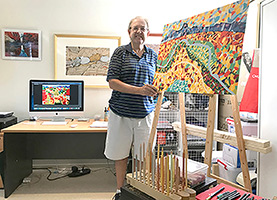
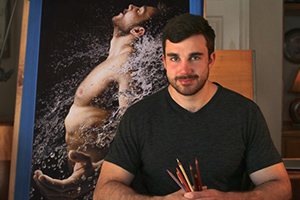
I love this artists work… I really appreciated reading what his art means to him and about his creative and technical process. I agree so much with many of the points made in this interview… what JD has to say about fear will hit home for most, if not all of us. Fear can paralyze us and I like the way he has overcome this. I agree too that we need to have adventure in our lives in order to be creative. I’ll definitely check out the books recommended. Thanks again Cindy and JD. I appreciate how much you both share your knowledge and give of yourselves freely…